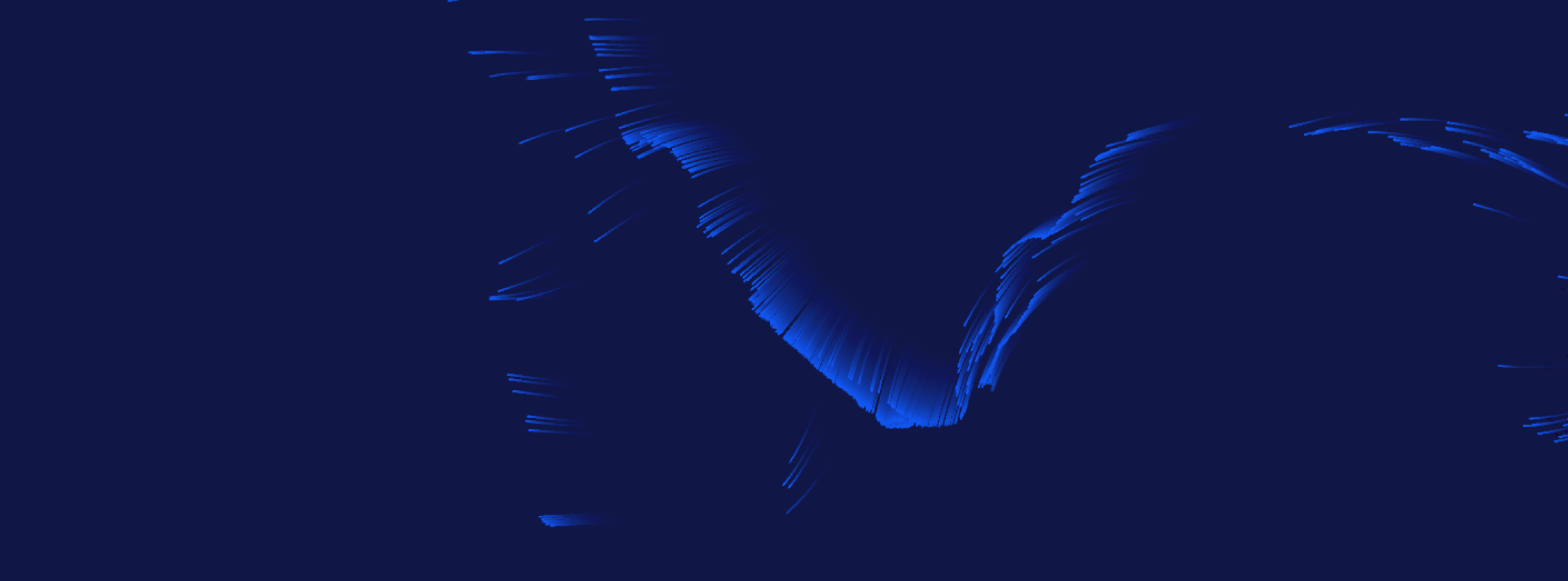Global industrial technology company Tracerco — which provides specialised detection, diagnostic and measurement equipment – is hoping to raise its tally of subsea technology awards to “four out of four” at UTC Bergen.
The company’s Discovery Technology subsea flowline scanner, which Tracerco is showing at UTC, is in the running for the UTF subsea project award. Tracerco recently crowned its successes at the Pipeline Industries Guild 2014 Subsea Technology award and Subsea UK 2015 Innovation and Technology award with the prestigious OTC Spotlight on Technology award.
Lee Robins, Head of Subsea Services, Tracerco, commented: “We were delighted to have won the OTC Spotlight on Technology award for Tracerco Discovery in Houston in May 2015… We are now looking forward to exhibiting and presenting Discovery Technology at UTC 2015, as well as hoping to make it four out of four if Tracerco Discovery also wins the UTF subsea project award at the UTC awards dinner.”
Established in 1958 as a small research team in the giant UK Imperial Chemical Industries company, Tracerco now forms part of the Process Technologies Division of Johnson Matthey and employs 500 people of more than 25 different nationalities.
A world leader in its field, Tracerco specialises in technology for measuring and controlling process systems and diagnosing operational problems throughout the oil and gas production supply chain. It has been operating in Norway for over 20 years.
Successful ultra-deep deployment
Tracerco’s Discovery™ is the world’s first subsea CT scanner for flowlines. It has successfully completed its first deep-water deployment on Shell-operated flowlines in the ultra-deep Gulf of Mexico. During this exercise Discovery scanned flowlines including jumpers, steel catenary risers and pipe-in-pipe flowlines, of varying diameters.
In total, more than 250 scan images were generated over a pipeline length of 50,000 feet and depths down to 4,200 feet. Based on this, Shell was able to build a complete profile of its pipeline and its condition.
Discovery is based on the same principle as a medical CAT (or CT) scanner. It uses a complex gamma tomography system to spin around the pipe and provide a 360-degree high resolution image of the pipeline walls and contents.
This is done online and from the outside of the pipeline, without interrupting production, and does not require the removal of any coating. It can also be used on flexible lines, pipe-in-pipe systems and pipe bundles, allowing high resolution images to be taken of both the inner and outer pipes.
2015 UTC paper follows 2013 success
Beside showing Discovery at UTC, Tracerco will also be submitting a paper about it. The company was encouraged to do this by the success of its 2013 UTC joint paper with Statoil covering the initial Discovery R&D and the Tracerco-Statoil joint trials of the technology. This generated a steady flow of visitors to the Tracero stand.
Tracerco’s 2015 UTC paper includes two case studies illustrating Discovery’s high-resolution wall integrity data plus detection and characterisation of deposits. In the first study Discovery was deployed to determine the remaining wall thickness of several coated single wall jumpers and pipe-in-pipe flowlines of an unpiggable pipeline system. Wall thicknesses and other features were measured to within 1mm accuracy, confirming the integrity of the pipelines.
In the second case study Discovery was used to determine the location and type of deposits in a blocked pipe-in-pipe system. As well as sizing and locating the extent of the deposits, they were also characterised so that different deposit types were differentiated (wax, hydrate, asphaltene, scale). This information made it possible to remediate and clean the pipeline and restart production.
Written by Eloise Logan


